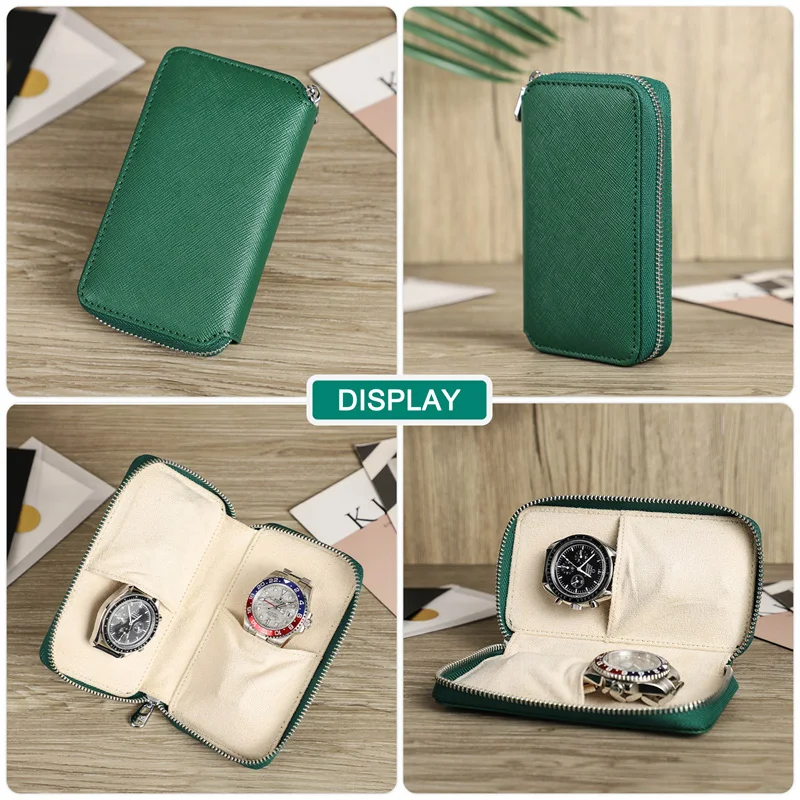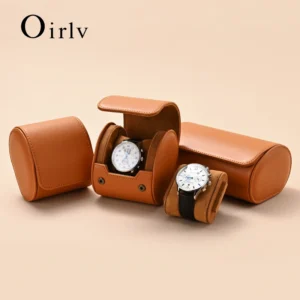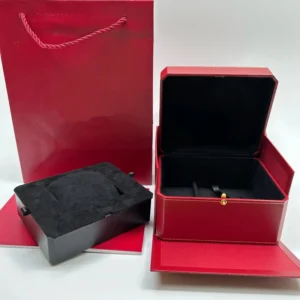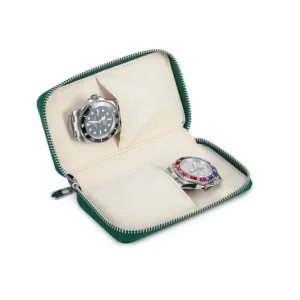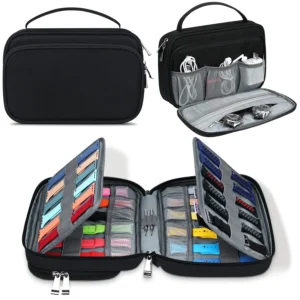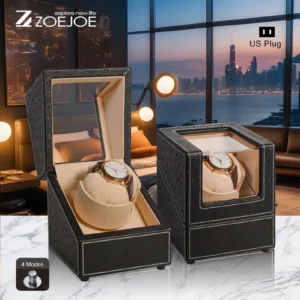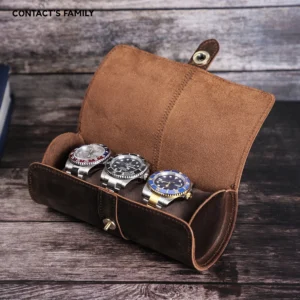Understanding Customs Declaration Requirements for Luxury Watches
Traveling with luxury items like Rolex watches requires understanding customs declaration requirements that may differ from country to country. Customs declaration is the official process of informing authorities about goods you’re bringing into or taking out of a country, particularly items of significant value.
For luxury timepieces like Rolex watches, declaration becomes especially important because their value typically exceeds the duty-free thresholds established by most countries. With entry-level Rolex models starting around $5,000 and premium models exceeding $15,000, these watches almost always surpass standard exemption limits such as:
- US customs duty-free threshold: $800 per person
- European Union duty-free threshold: approximately €430 ($500)
Knowing when and how to declare your Rolex isn’t just about following rules—it’s about protecting your investment and avoiding potentially costly penalties. Proper watch collection storage planning extends beyond your home to include understanding how to manage your timepieces during international travel.
Several factors determine whether declaration is necessary, including the watch’s value, your travel destination, and whether you owned the watch before your trip. Throughout this article, we’ll explore these factors in detail and provide practical advice for traveling safely with your luxury timepiece.
Key Factors That Determine If You Need to Declare Your Rolex
Whether you need to declare your Rolex when traveling depends on several important considerations:
Monetary Value: Most significantly, the value of your timepiece will determine declaration requirements. Popular models like:
– Rolex Submariner: $8,000-$15,000+
– Rolex Datejust: $7,000-$12,000+
– Rolex Daytona: $14,000-$40,000+
These values far exceed typical duty-free allowances in most countries, making declaration likely necessary.
Ownership Status: When and where you purchased your Rolex matters:
– Pre-existing ownership (bought in your home country before travel)
– Recently purchased abroad during your current trip
– Inherited or received as a gift during travel
Destination Country: Each nation has unique regulations and thresholds:
– Some countries require declaration regardless of how long you’ve owned the watch
– Others only care about newly purchased items
– Tax and duty rates vary significantly between countries
Travel Purpose: Are you:
– Temporarily bringing the watch for personal use?
– Permanently importing the watch to another country?
– Traveling for business purposes related to watches?
Understanding how to pack watches for air travel is just one aspect of traveling with valuable timepieces. Each of these factors plays a crucial role in determining your declaration requirements and potential duties owed.
Value Thresholds: When Declaration Becomes Mandatory
Declaration requirements are primarily driven by value thresholds—specific dollar amounts above which you must declare your possessions. Since nearly all Rolex watches exceed these thresholds, understanding the limits is essential.
| Country/Region | Duty-Free Allowance | Special Watch Considerations |
|---|---|---|
| United States | $800 per person | Watches over $800 require declaration |
| European Union | €430 ($500) | 4% duty + 15-25% VAT typically applies |
| United Kingdom | £390 ($500) | 2.5% duty + 20% VAT may apply |
| Canada | CAD $800 ($600) | 5% GST plus provincial taxes |
| Australia | AUD $900 ($600) | 5% duty + 10% GST on excess value |
These thresholds apply differently depending on:
- Travel Method: Air travelers often face stricter scrutiny than land or sea travelers
- Residency Status: Citizens returning home may have different allowances than visitors
- Trip Duration: Some countries offer higher allowances for longer trips abroad
Even when traveling with an entry-level Rolex Oyster Perpetual (approximately $5,000-$6,000), you’ll exceed most countries’ allowances by several thousand dollars. Premium models like the Sky-Dweller or high-end Daytona can exceed thresholds by tens of thousands of dollars.
Properly organizing your watch collection includes maintaining documentation that proves pre-existing ownership, which can help avoid unnecessary duties when traveling internationally with timepieces that exceed these thresholds.
Documentation: Proving Prior Ownership of Your Rolex
Having proper documentation is your best defense against unnecessary duties and potential complications at customs. When traveling with a Rolex, you should carry evidence that you owned the watch before your journey.
Essential Documentation to Carry:
– Original purchase receipt showing date and location of purchase
– Warranty card with serial number and purchase date
– Insurance appraisal or policy listing the watch
– Certificate of authenticity
– Clear photographs of the watch showing serial number
– For US travelers: CBP Form 4457 (Certificate of Registration for Personal Items Taken Abroad)
When Original Documentation Is Missing:
– Bank or credit card statements showing the purchase
– Maintenance or service records with the watch’s serial number
– Notarized statement of ownership (less ideal but better than nothing)
Digital Documentation Options:
– Store scanned copies of all documents in cloud storage
– Email copies to yourself for easy access
– Keep digital photos of the watch and documentation on your phone
The CBP Form 4457 is particularly valuable for US travelers as it serves as official proof that you owned the watch before departing the country. This single-page form can be completed and stamped by customs officials before your departure, creating an official record of pre-existing ownership.
Using quality watch travel cases not only protects your timepiece physically but also provides organized storage for these critical documents. Many premium travel cases feature dedicated compartments for certificates and paperwork.
Country-Specific Regulations: Major Travel Destinations
Customs regulations for luxury watches vary significantly around the world. Understanding the specific requirements of your destination can help you avoid unpleasant surprises.
United States:
– Personal exemption of $800 per person for residents returning from abroad
– Items exceeding this amount must be declared on CBP Form 6059B
– Duty rates for watches range from 0-8% depending on country of manufacture
– Consider registering valuable watches with CBP before departure using Form 4457
European Union:
– €430 duty-free allowance for travelers arriving by air or sea
– Lower €300 threshold for those arriving by land
– Watches exceeding these values face approximately 4% duty plus VAT (typically 15-25%)
– VAT refund possible on watches purchased in EU and exported within 3 months
United Kingdom:
– Post-Brexit allowance of £390 from most countries
– Duty on watches approximately 2.5% plus 20% VAT on combined value
– “Transfer of Residence” relief available when permanently relocating to UK
Canada:
– CAD $800 personal exemption for trips over 48 hours
– 5% federal tax (GST) plus provincial taxes on excess value
– Stricter enforcement at airports than land crossings
Switzerland:
– VAT of 7.7% applies to watches valued over CHF 300
– Special exemptions for returning residents who can prove prior ownership
– As the home of many luxury watch manufacturers, documentation is especially scrutinized
Understanding watch insurance for international travel is particularly important when crossing these various jurisdictions, as coverage requirements may change based on declaration status.
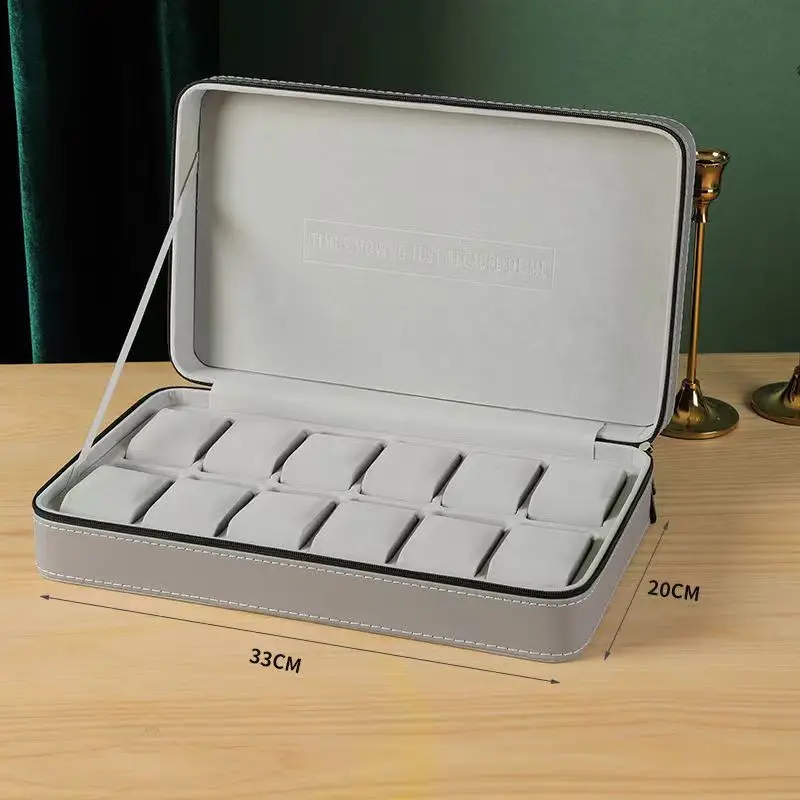
Consequences of Failing to Declare Your Rolex
Failing to declare a valuable item like a Rolex watch can lead to serious consequences that far outweigh any temporary convenience:
Financial Penalties:
– Fines typically range from 25% to 80% of the item’s value
– A $15,000 Rolex could result in a $3,750-$12,000 penalty
– Some countries charge multiple times the duty amount that would have been owed
Confiscation Risks:
– Customs authorities can seize undeclared luxury items
– Recovery often requires paying the full duties plus penalties
– Some countries may permanently confiscate items after repeated violations
Legal Implications:
– Intentional non-declaration may constitute customs fraud
– Criminal charges possible in cases of significant value or repeated violations
– Creation of a permanent customs record affecting future travel
Real-World Examples:
– A business traveler entering the US had his undeclared $25,000 Rolex confiscated and faced a $10,000 fine
– A tourist entering the UK had to pay VAT plus a 25% penalty on an undeclared Rolex purchased in Switzerland
– A returning resident lost Global Entry privileges after failing to declare a luxury watch
These consequences extend beyond immediate financial penalties. Your travel record may be flagged, leading to increased scrutiny on future trips. Some travelers have reported being subjected to secondary screenings for years following a single customs violation.
Using appropriate luxury watch travel cases not only protects your investment physically but also helps organize documentation that proves you’re complying with declaration requirements.
Practical Tips for Traveling With Your Rolex
Following these practical guidelines can help ensure your valuable timepiece remains safe and compliant with customs regulations:
Carry-On vs. Checked Luggage
– Always keep your Rolex in your carry-on luggage or wear it
– Never place valuable watches in checked baggage due to theft and damage risks
– Consider using a TSA-friendly watch case for easy security screeningSecurity and Discretion
– Be mindful about displaying expensive watches in public areas
– Consider a more modest timepiece for certain destinations
– Remove watches before swimming or activities where they might attract attentionInsurance Considerations
– Verify your insurance covers international travel
– Understand coverage limits and exclusions
– Consider supplemental insurance for high-value collectionsCustoms Interactions
– Declare voluntarily rather than waiting to be asked
– Remain polite and cooperative with officials
– Have documentation easily accessible, not buried in luggageMultiple Watch Travel
– Document each timepiece individually
– Consider aggregate value limits that may trigger additional scrutiny
– Use a multi-watch travel case with secure compartments
Single Watch Travel Case, Watch and Jewelry Box, Watch Roll Travel Case
Price range: $93.44 through $140.65 Select options This product has multiple variants. The options may be chosen on the product pageLuxury Watch Boxes, Luxury Watch Travel Case
Price range: $200.33 through $224.57 Select options This product has multiple variants. The options may be chosen on the product pageLeather Watch Travel Case, Men's Watch Travel Case, Watch Roll Travel Case
Price range: $91.37 through $92.63 Select options This product has multiple variants. The options may be chosen on the product pageWatch Organizer, Watch Roll Travel Case
Price range: $88.39 through $99.36 Select options This product has multiple variants. The options may be chosen on the product pageAutomatic Watch Winder, Leather Watch Travel Case, Single Watch Winder
$146.30 Select options This product has multiple variants. The options may be chosen on the product pageLeather Watch Travel Case, Luxury Watch Travel Case, Men's Watch Travel Case, Watch Roll Travel Case
Price range: $103.54 through $104.40 Select options This product has multiple variants. The options may be chosen on the product page
Knowing how to protect your watch when traveling includes both physical protection and understanding legal requirements. A quality travel case provides organization for documentation and protection from physical damage—both essential aspects of traveling with luxury timepieces.
Handling Specific Scenarios: Special Cases
Scenario 1: Rolex Purchased Abroad During Your Trip
If you purchase a new Rolex while traveling, you’ll almost certainly need to declare it upon return. Keep the original receipt showing where and when you purchased it. You’ll likely need to pay import duties and taxes on the full value, though some countries offer tourist VAT refunds that can offset these costs.
Scenario 2: Rolex Received as a Gift While Traveling
Gifts received abroad are subject to the same declaration requirements as purchases. The value of the gift determines duty requirements, not the fact that you didn’t pay for it yourself. Some countries offer specific gift allowances, but these are typically much lower than the value of a Rolex.
Scenario 3: Traveling With Multiple Luxury Watches
When traveling with several watches, the combined value increases declaration requirements. Document each watch individually, but be aware that the total value will be considered for duty purposes. Consider whether you truly need multiple luxury timepieces for your journey.
Scenario 4: Rolex Sent Abroad for Service/Repair
If you’re returning with a watch that was serviced abroad:
– Bring documentation showing you originally owned the watch
– Include repair invoices showing what work was performed
– You may only owe duty on the value of repairs, not the full watch value
Scenario 5: Traveling for Watch Shows or Collecting Purposes
Specialized scenarios like attending watch shows or traveling specifically for collecting may qualify for temporary importation provisions in some countries. These often require advance arrangements and possibly posting a security deposit equal to potential duties.
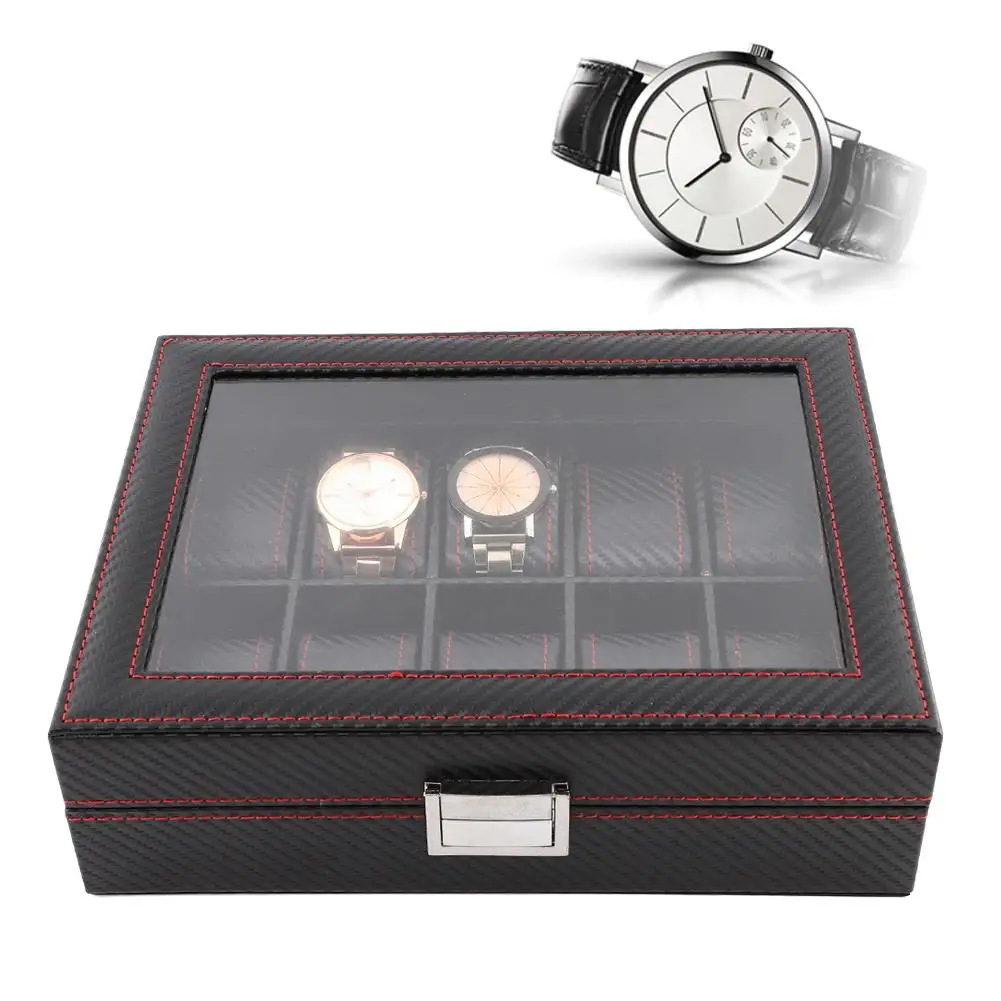
Protecting Your Investment: Watch Safety During Travel
Beyond customs considerations, physically protecting your Rolex during travel is paramount to preserving its value and functionality.
Physical Protection Essentials:
– Use cushioned, purpose-built watch travel cases with impact resistance
– Select cases with antimagnetic protection for mechanical watches
– Consider humidity control for extended travel in varied climates
– Ensure the case provides stability to prevent movement damage
Security Precautions:
– Utilize hotel safes when not wearing your watch
– Consider portable travel safes for accommodations without secure storage
– Keep watches concealed when in transit between locations
– Be mindful of watch visibility in crowded areas or unfamiliar locations
Storage Solutions:
– Single-watch cases offer excellent protection for one special timepiece
– Multi-watch rolls accommodate several pieces while maximizing space
– Watch winder cases maintain automatic movements during extended storage
– Hybrid cases with both storage and winding capabilities offer versatility
Insurance Considerations:
– Standard travel insurance often has low valuables limits
– Specialized watch insurance provides targeted coverage
– Photograph watches and documentation before departure
– Keep digital copies of insurance policies accessible while traveling
Effective watch storage solutions for collectors can be adapted for travel purposes. The most secure options feature combination locks, water resistance, and custom-fitted interiors that prevent watches from moving during transport.
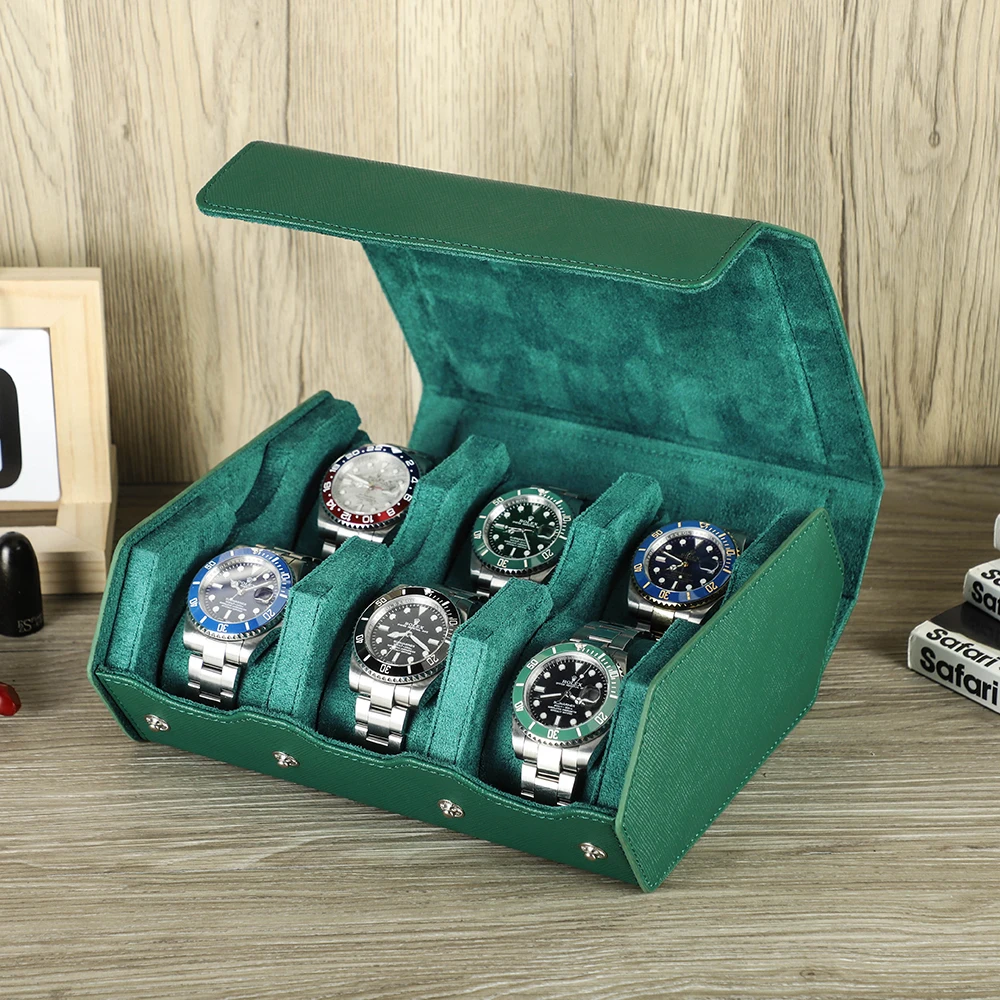
Frequently Asked Questions About Traveling With a Rolex
Do I need to declare my Rolex if I’m just transiting through a country?
Generally, no declaration is required if you’re merely connecting through an airport and not entering the country officially. However, if you pass through customs control during your connection, declaration rules may apply. Check specific transit rules for your connecting countries.
Can customs officials verify the authenticity of my Rolex?
Customs officials typically aren’t trained to authenticate luxury watches. However, they may detain suspicious items for expert verification if they doubt authenticity. Carrying proper documentation helps avoid unnecessary delays.
What qualifies as ‘personal use’ for customs purposes?
Personal use typically means items intended for your own use, not for sale or business purposes. A single watch or a reasonable collection for your trip duration generally qualifies as personal use. Multiple identical watches or unusually large collections may raise questions about commercial intent.
Is it easier to travel with a less expensive watch instead?
From a customs perspective, yes. Watches valued under duty-free thresholds don’t require declaration. Many travelers opt to leave their most valuable pieces at home and travel with more modest timepieces, using quality single watch travel cases for protection.
How do I handle duty payments when returning to my home country?
Most countries have a streamlined payment process at customs checkpoints. Major airports accept credit cards, while land crossings might require cash. Some countries offer online pre-payment options for returning residents declaring purchases above threshold amounts.
What if my watch was a gift and I don’t know its exact value?
You should make a reasonable estimate based on market value, which can be quickly researched online. Undervaluing items intentionally can lead to penalties, so it’s best to provide a fair market estimate even for gifts.

